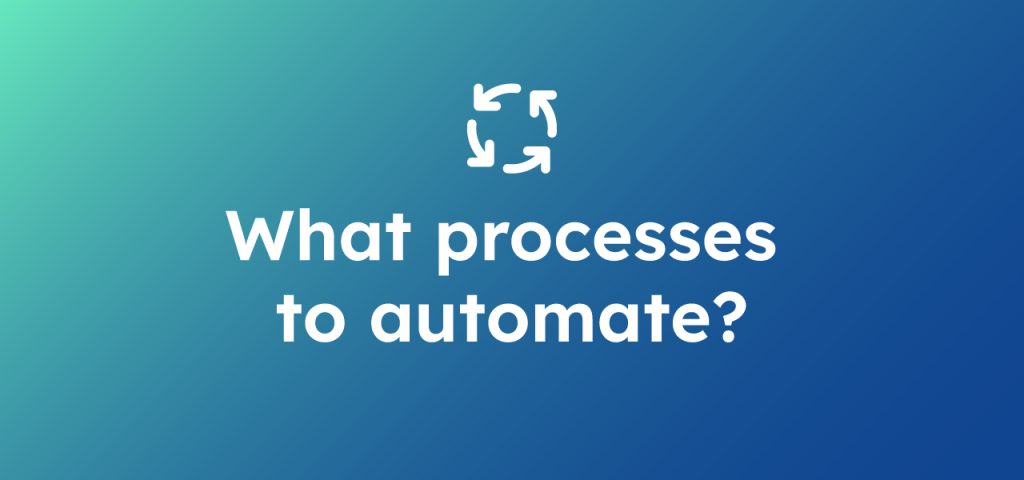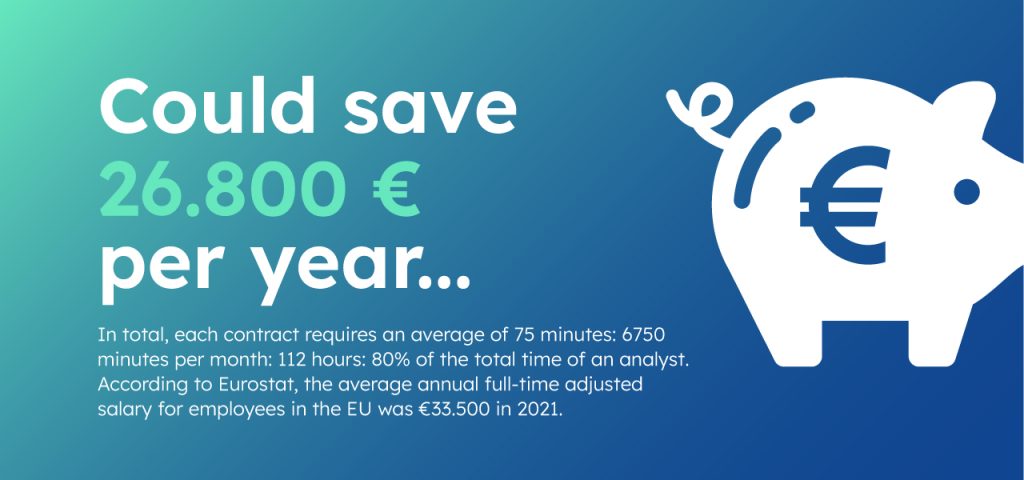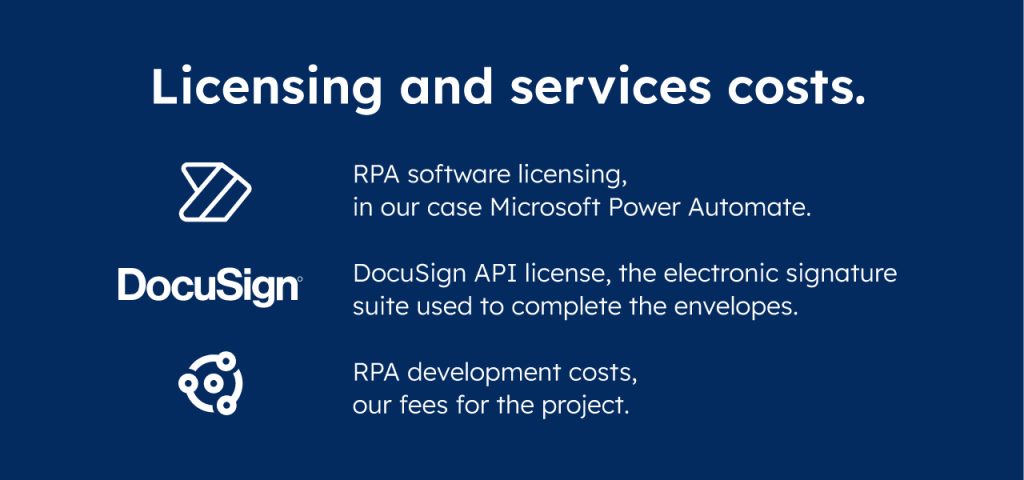
In this article.
Summary
Robotic Process Automation (RPA) can transform business operations by enhancing efficiency and reducing costs when implemented correctly but risks substantial drawbacks if mishandled.
This article outlines the critical success factors for RPA deployment, including strategic process selection, comprehensive risk assessment, and collaborative implementation across departments.
Through a focused case study, it demonstrates RPA’s potential for significant time and cost savings, advocating for meticulous planning and a strategic approach to ensure RPA serves as a catalyst for business growth and competitive advantage.
RPA it’s cool, will give a strategic bump to your company’s profile, and position yourself to the next role up the ladder.
Done it great, it will also help you to reduce errors in streamlined processes across business departments, transform the focus of your analysts to do analysis into their workday, and scale up operations without breaking the budget.
Done it wrong, will transform your analysts into assistants again, this time to help the RPA process to fail less often; will cost you tens of thousands thanks to wrongly estimated license costs; and position yourself to be replaced, instead of the next big job move within your industry.
Let’s dissect this:
- For a process to be automated, we have three requisites:
- A business process that makes strategical sense to scale up, to increase volume or reduce errors.
- A previous assessment, to understand how, why, and when it will break (so called process exceptions)
- A team of business analysts, not only your IT department or services provider, to guide through the design, training and testing, until is stabilized.

A business process that makes sense to be automated
Main variables are time spent by people doing that task, criticality of the output, and how well understood are the steps involved in the process.
As an example, we recently automated a process that involved the draft generation of several types of contracts, their filling, internal approval process, and electronic signature by the counterparts.
Math was very straightforward:
- Company makes between 80 to 100 contracts per month.
- Creating the file and filling it required around 15 minutes per document.
- The approval process required the document being handle by email, with eventual reminders to be approved. Around 30 minutes in average.
- Then, it needed to be sent through an electronic signature platform, this time DocuSign. After the completion, the document needed to be saved into a compliance repository. Another 30 minutes in average.
In total, each contract requires an average of 75 minutes: 6750 minutes per month: 112 hours: 80% of the total time of an analyst.
According to Eurostat, the average annual full-time adjusted salary for employees in the EU was €33.500 in 2021. [1]
That’s your first ballpark estimation: € 26.800 could be saved per year, after the process is stabilized.

PENDING – PENDING – PENDING – PENDING – PENDING
More about this later.
Another example?
PENDING – PENDING – PENDING – PENDING – PENDING
How, when, and why it will break.
Because it will, so we should have a clear understanding about the process exceptions.
Following with the contract automation RPA project, many were detected early on:
- What happens when we need manual input into a document?
- Do we always have all data to fill the documents? Do we need to hide those sections or mark it for manually review?
- What happens if an approval request misses the deadline? Shall the process be restarted?
- Will be subject to licensing limits, as quantity of envelopes per month?
- What happens when the unexpected exception not assessed in this analysis happens?
Each exception should be quantified, scheduled (when it’s most probable to happen) and mitigated.
On few occasions, it could make sense to wait for the project to get started, to solve these problems from their base, instead of developing custom solutions to handle the exceptions.
A team involved in the RPA project, instead of just your IT department.
A business process to be automated requires a team consisting of:
- Businesspeople, who understand how, when, and why the RPA will operate.
- Automation team, including your IT department and sometimes external help, given the scale or complexity of the process.
- The final users, who will become trainers of the process, as they know how to solve the problems that will arise.
Based on our experience deploying RPA’s, the variety of roles participating in a project is often a reliable predictor of the project’s overall success.

Licensing and services costs
Pareto theorem applies everywhere, and licensing costs and project timelines are no exception, even for RPA projects.
Summing up our contract automation RPA project, we ended with a variety of costs:
- RPA software licensing, in our case Microsoft Power Automate.
- DocuSign API license, the electronic signature suite used to complete the envelopes.
- RPA development costs, our fees for the project.
- Availability of people at the company we helped. Because if someone is training the RPA, someone else shall be doing their work.
Conducting a thorough licensing assessment in advance is imperative, particularly planning for worst-case scenarios, so an informed decision can be made around the viability of the project. This approach extends to evaluating the extent of process exceptions that can be realistically managed.
In our case, we not only assess the solution and related costs, but also deep dive into how much it will cost to handle each exception, including a recommendation about which one makes technical sense to address.
[1] Eurostat average salary: New indicator on annual average salaries in the EU – Products Eurostat News – Eurostat (europa.eu)
Share.
More articles.
How can we help you?
Our senior consultants are available to provide guidance on all our solutions.

